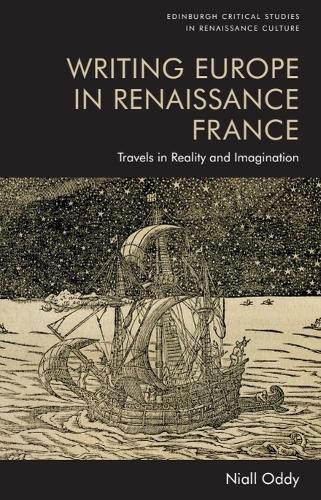Readings Newsletter
Become a Readings Member to make your shopping experience even easier.
Sign in or sign up for free!
You’re not far away from qualifying for FREE standard shipping within Australia
You’ve qualified for FREE standard shipping within Australia
The cart is loading…






In this original study, Niall Oddy explores representations of Europe in sixteenth and early-seventeenth century French writing to argue that Europe as an idea evolved in productive dialogue with emerging national consciousness, not as an alternative to the nation state. Analysing literary texts alongside works of travel, geography, history and politics, this book demonstrates how ideas of Europe were shaped by real and imagined journeys across the globe and adapted across a range of discursive contexts for varied purposes. Using the notion of 'imagined geography' to present a conceptual map of what Europe looked like from different points across the globe, each chapter examines representations of the continent through the lens of one location (Brazil, Constantinople, Malta, Geneva). In a period of great intellectual transformation, as new interactions with cultures overseas reshaped how the wider world was understood, this focus on nationhood uncovers how, as the idea of 'Europe' developed, it emerged as a contested notion and an issue of debate.
$9.00 standard shipping within Australia
FREE standard shipping within Australia for orders over $100.00
Express & International shipping calculated at checkout
In this original study, Niall Oddy explores representations of Europe in sixteenth and early-seventeenth century French writing to argue that Europe as an idea evolved in productive dialogue with emerging national consciousness, not as an alternative to the nation state. Analysing literary texts alongside works of travel, geography, history and politics, this book demonstrates how ideas of Europe were shaped by real and imagined journeys across the globe and adapted across a range of discursive contexts for varied purposes. Using the notion of 'imagined geography' to present a conceptual map of what Europe looked like from different points across the globe, each chapter examines representations of the continent through the lens of one location (Brazil, Constantinople, Malta, Geneva). In a period of great intellectual transformation, as new interactions with cultures overseas reshaped how the wider world was understood, this focus on nationhood uncovers how, as the idea of 'Europe' developed, it emerged as a contested notion and an issue of debate.